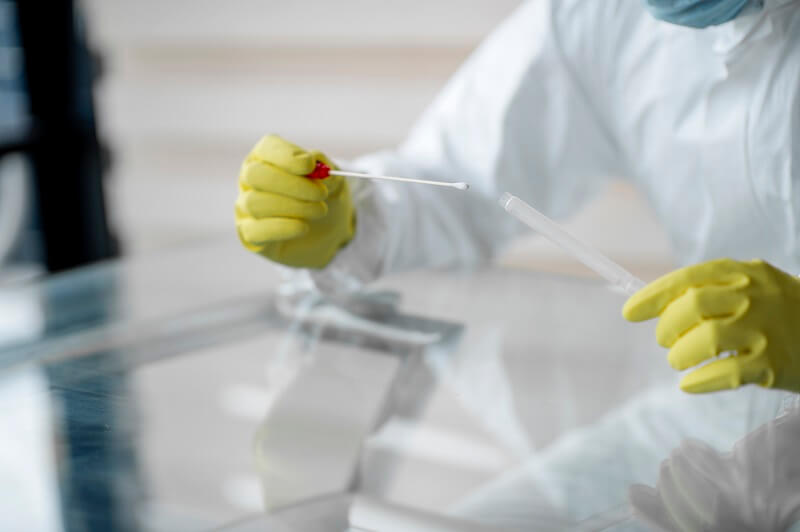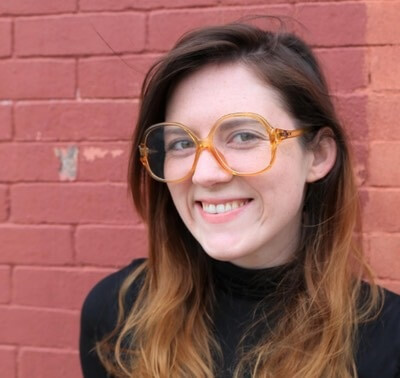Experts Say Comorbidity Is Not The Only Reason for Racial Disparities in COVID-19 Cases

COVID-19 cases across Maryland are on the decline, and the state is beginning to reopen, but people are still having trouble accessing tests and medical care.
State Senate President Bill Ferguson (D-Baltimore City) said during Wednesday’s Joint COVID-19 Legislative Workgroup meeting that he went recently to Sacred Heart of Jesus Church in Baltimore City, which has set up a mobile testing site.
The church, which is in Ferguson’s zip code, has a largely Latino congregation.
Because of long testing lines and a lack of essential supplies, parishioners had been turned away. Ferguson said that three of those people died over the weekend, and a fourth is now on a ventilator because of their inability to get a test in time.
“I think it’s incredibly important that we make it clear that universal on-demand testing is going to be especially important in areas where we are seeing hot spots, but also in communities where we know that we’re seeing the highest and most lethal impact of COVID,” he said.
Ferguson’s zip code is 21224, which is reporting over 1,000 infections — nearly 16% of Baltimore City’s total cases.
Black and Latino communities statewide have been hard-hit by the pandemic, claiming 57% of the state’s total cases and 52% of its recorded COVID-19 deaths, leaving many policymakers and health experts to consider what is causing the disparity.
Dr. Sherita Hill Golden, vice president and chief diversity officer for Johns Hopkins Medicine, said the theory that Black and Latino communities have seen more adverse effects of the pandemic because of comorbidities like diabetes and heart disease is true, but it is “not the whole part of the story.”
Golden laid a historical foundation for the racial disparities seen in America today, starting with eugenics practices of the late 1800s seen up until the 1950s, the closure of black medical schools in the early 20th century and nonconsensual experimentation practices, which started during slavery.
Combined with medical bias and language barriers, this has left Black and Brown communities with increased risk.
“All of those things have actually resulted in distrust in the medical establishment, so even if individuals do have insurance and access, they may be reluctant to seek care,” said Golden. “I think we’ve been seeing that in COVID.”
She also pointed to discriminatory practices outside of the medical field like redlining, predatory lending, educational disparity and hiring discrimination as root causes for the gaps in health equity seen today.
More specific to the pandemic, Golden said that a lot of people in these high-impact communities hold jobs that have been deemed “essential,” exposing them to a higher risk of contraction with limited access to personal protective equipment.
“All of these things contribute not only to the poor chronic health conditions that we see and the disparities in those, but also to disparities in COVID because these populations have increased exposure, and because they have these comorbidities, they have a poor outcome once they contract it,” she explained.
To combat this, Golden recommends collaboration with community organizations like the NAACP, expanded testing, adequate personal protective equipment for those who work in medical and congregate care settings, creating more opportunities for Black and Brown health care professionals and continuing to collect and analyze data as the state begins to reopen.
“As we’re thinking about reopening, you know, in some areas, it looks like the COVID rates and hospitalizations are going down, but is it going down in all of the demographic groups?” she asked. “I think that’s important information to look at.”
House Speaker Adrienne A. Jones (D-Baltimore County) thanked Del. Nick J. Mosby (D-Baltimore City) during the meeting for pushing the Maryland Department of Health to report the racial and ethnic impact of the pandemic, which the agency has done since early April.
“This has been critical information to show us where we need more resources and we know that communities of color are being disproportionately affected by the pandemic,” said Jones.
Lawmakers on Capitol Hill are taking up this problem, too.
Congress is the process of hearing the Equitable Data Collection and Disclosure on COVID-19 Act, which would require demographic information to be reported in an effort to lessen health disparities through the balance of the pandemic.
‘You’ll see there is disparity’
Golden said that her neighborhood in Prince George’s County has seen as many COVID-19 deaths in Black people as it has in scenarios where race was not reported to the Department of Health.
Prince George’s County has the highest COVID-19 case count per capita and is second only to Kent County in death rate.
Sixty-five percent of the county’s infections were found in the Black community, as were 68% of the county’s confirmed coronavirus deaths.
Prince George’s County Health Director Dr. Ernest L. Carter suggested that when looking at hospitalization rates and death rates per 100,000 “you’ll see there is disparity,” noting elevated hospitalization rates in the Latino community and high death rates among Black people.
Carter said that over 63,000 tests have been conducted in the county. The local health department has overseen 5,291 tests and is looking to expand testing sites across the county throughout the month of June.
Health professionals have been projecting that a second wave of COVID-19 cases may be on the horizon in the latter half of the year.
“I am concerned. And I think that our health system is concerned that that surge may happen before the fall,” said Golden.
Golden said she’s worried about the prospect of a surge in cases resulting from the protests against police brutality that have been popping up across the state — especially since a lot of protesters are not wearing masks — and noted a slight uptick in hospitalizations following Memorial Day festivities.
She warned that now may be a good time to stockpile personal protective equipment and create plans in case the state needs to regress opening phases “because we do know that what was done back in March really did help to flatten the curve and really take us out of a very dangerous situation,” she said.
State officials are concerned, too.
Baltimore is in its 16th day of protests following the death of George Floyd at the hands of Minneapolis police.
During a news conference Wednesday, Gov. Lawrence J. Hogan Jr. (R) thanked organizers and law enforcement for keeping demonstrations non-violent.
“Public health officials do have serious concerns, however, to the dramatic, immediate end to physical distancing and the potential public health impact of going from 10 person gathering limits to thousands of people gathering together in close proximity,” said Hogan, noting a study that suggests a potential 250% increase in infection rates for those who assemble.
“Our health experts are strongly encouraging anyone who attended any of the protests or gatherings in Maryland over the past two weeks to immediately get tested for the coronavirus,” he said.
To increase accessibility, the state is opening additional testing sites in Baltimore City, including at the convention center.
Dr. Stephen B. Thomas, health policy and management professor at the University of Maryland, contended that while many have passed judgment on those who have shirked social distancing recommendations, it’s important to recognize that what protesters are doing is not separate from disparities faced in public health.
“They’re taking a calculated risk for a greater good, and I think it’s important that we recognize what they’re doing is part of this huge movement we’re part of that we cannot separate from the public health issue, and therefore we do our best to help them be as safe as possible,” Thomas said.




 Creative Commons Attribution
Creative Commons Attribution